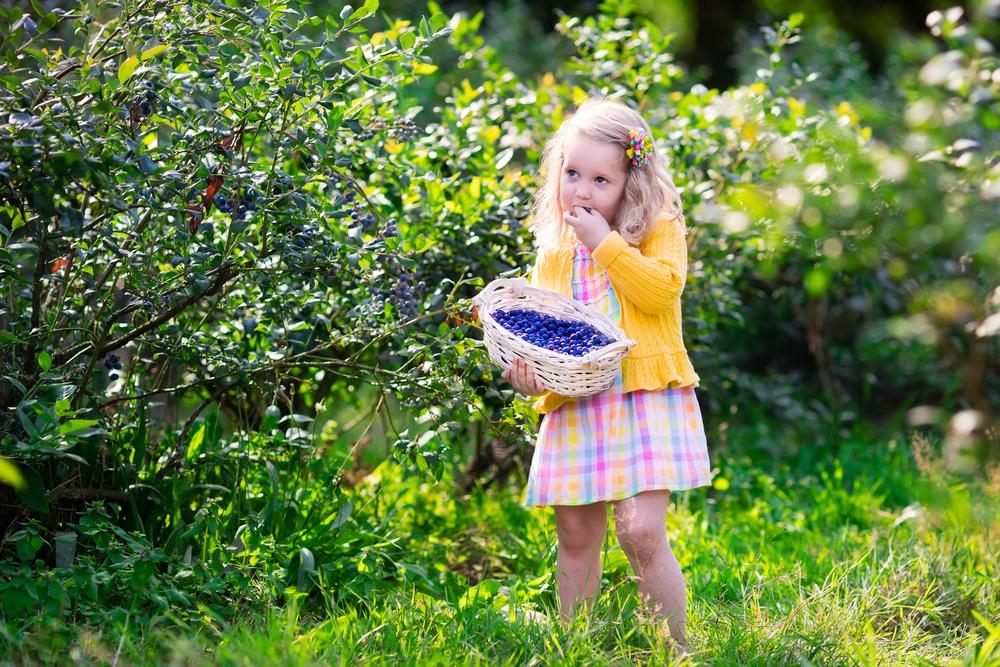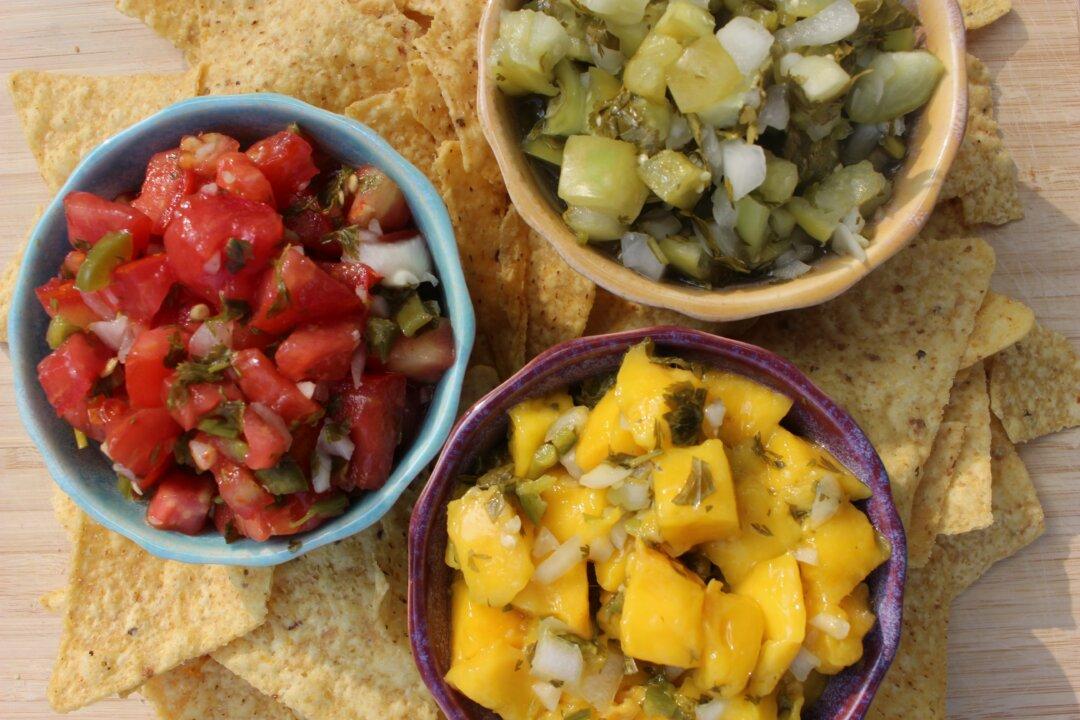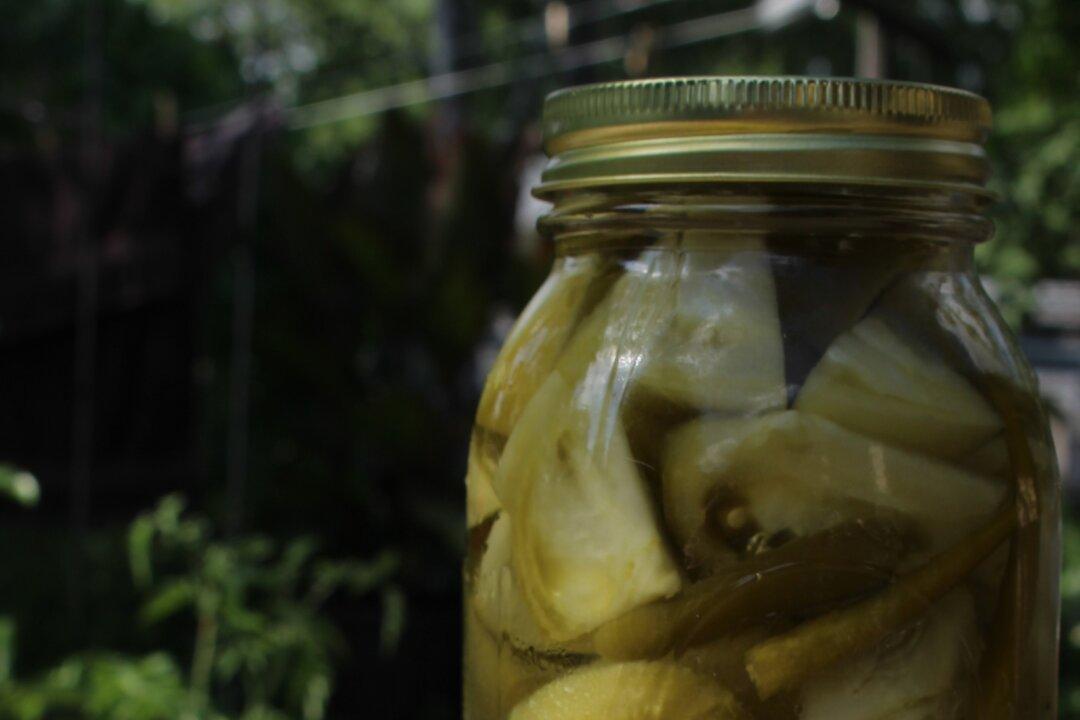Blueberry season is in full force across the country. These sweet—yet not too sweet—and tart—yet not too tart—berries are one of our household favorites. We love them so dearly that we finally added blueberry bushes to our front yard gardens this year, so that we can have them at our fingertips just as soon as they ripen.
To extend the harvest, we always make sure to freeze a few quarts each summer. Frozen berries can be used in baking, added to smoothies, or simply enjoyed as a sweet treat (they’re one of my daughter’s favorite snacks).





